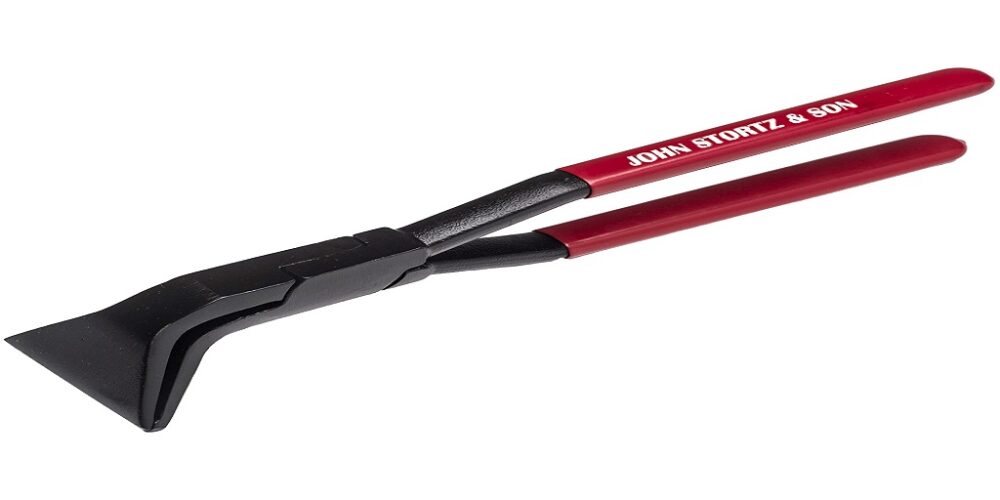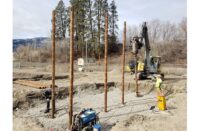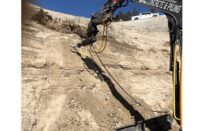There are many types of metal roofing panels, but the most common today are standing seam panels. Most metal roof panels have a standing seam of some kind. A niche subset of these are Mechanical Lock roofs. Their name comes from the fact that the panel locks are located above the flats, and when put side by side, they form an “upside L” shape.
They offer great aesthetics, are very durable, and they´re relatively easy to install. They also grant greater thermal expansion capabilities, which means lower maintenance costs in the long run.
Basically, the idea behind installing mechanical standing seams is locking the panels together by folding the metal flaps onto each other with the help of a hand seamer. There are generally two kinds of locks; single lock and double lock profiles.
A single lock system only requires folding the overlapping flange 90° under the adjacent panel´s rim. That securely locks the “L” and the two panels together.
The process is fairly straightforward. Given its simplicity, all you need is a first-stage hand seamer to get the job done. Single lock panel installation is used in many projects, such as industrial and commercial roofing, due to its affordability. It can be pretty durable if there is not much weather variation. One other advantage is that it lowers maintenance costs in the long run as panels can be removed or replaced if damaged with relative ease, allowing roofers to do quick repairs or install exhausts and vents at will.
All in all, and depending on factors such as pitch degree, climate, and affordability, single-locked panels might be the best option for you.
However, if snow and winds are important factors in your community, double lock seams are your best bet. In fact, double locks might be required depending on wind code or manufacturer’s recommendations. In that case, you need a second stage or finish hand seamer to give your locks a second pass. This time, the hand seamer´s job is to completely fold the “L” into an “I”, giving you a more weather-tight seam that will ensure the panels are locked in place even under harsh conditions.
The only downside is having to give each seam a double pass, making the process lengthier and costlier. That’s why many people choose to never go past the first stage. Again, if snow and wind are not a problem where you live, double locking is overkill for many homeowners and commercial buildings.
Can I Install Metal Panels With A Regular Hand Seamer?
Nothing is impossible if you have the right tools. Bear in mind that regular hand seamers or “duct tongs” (as some of my HVAC friends like to call them), will make the process a real pain, and many of these tools are made for lighter gauges. So you might want to invest in tools that will help you finish your project faster without breaking mid-job.
The now legendary first and second-stage hand seamers from Stortz.com have wide steel forged jaws that cover a lot more ground per clip, and are tough as nails. The ESE 001 gives you a perfect single lock and lets you glide through the seams effortlessly. Additionally, you can remove the handle if you need to access tight spaces, and it can bend up to 24 gauge steel. Now, the ESE 099 is the one that does the real magic. I have tried this finish hand seamer with really heavy gauges, and it securely folds the edges real tight without a problem.
Visit them at Stortz.com, to learn more about hand seamers and roofing tools. You can also get in touch with them at 888-847-3456.
For more information about metal roof snow guards and Metal Folding Tool Please Visit : John Stortz & Son.












